Four words: Zen state of mind. Peaceful simplicity and an unpretentious way of life form the basis of Japanese culture, and this long-standing mindset has influenced Japan’s architecture and interior design as well. As such, the Japanese interior aesthetic revolves around a serene, uncluttered style, prioritising a balance of nature and man-made furnishings.
Japanese interiors have a quiet, meditative feel that encourages those in the space to take a step back to enjoy the simpler things in life. Bring some of these tranquil decorating touches to your home with key elements of this interior style to replicate a peaceful, Zen state of mind.
Sliding doors
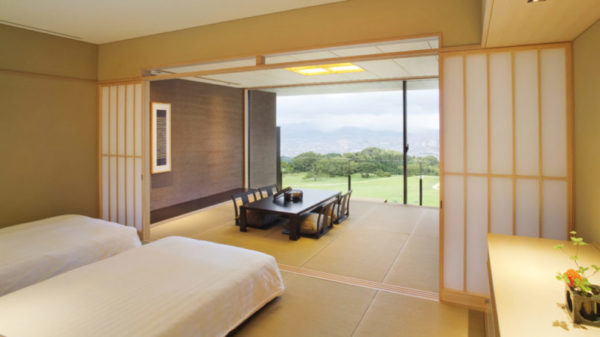
One of the most iconic elements of Japanese interiors is Shoji, also known as sliding screens. Traditionally, they are made from translucent rice paper framed by wood. Unlike regular swinging doors, Shojis slide back and forth, saving space in small homes. Modern versions of the Shoji uses glass panels instead of rice paper for easier maintenance. A key feature of both modern and traditional Shoji is that it does not block the natural light. Try replacing a large internal wall with a Shoji as it could be a great way to incorporate some light into your home.
Stained wood
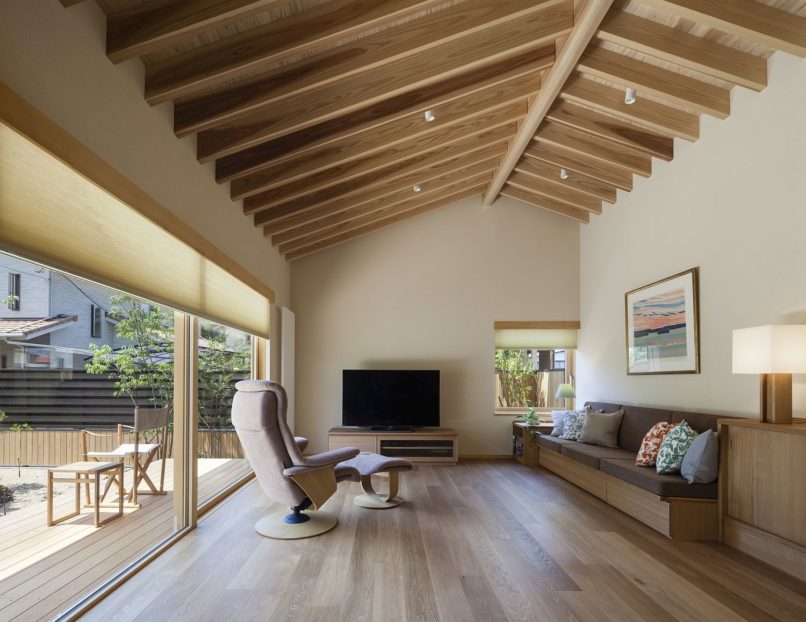
Wood is prized in Japanese interiors, but if you’re looking to change the colour of your wood, stain it instead of it painting over. Wood staining protects and preserves the natural beauty of the wood as opposed to paint.
Japnese style entryway
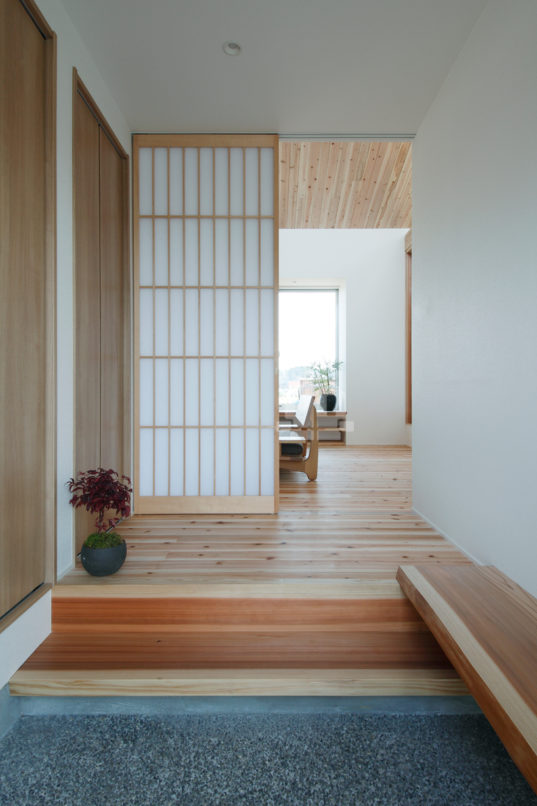
Like most Asian homes, shoes should always be removed at the entrance of the home. However, the Japanese-style entryways make for a more explicit way of shoe removal. The entrance of the home is often set at a lower level from the rest of the home so dust and dirt do not enter. It also makes for a good transitional space between indoors and outdoors.
Low to ground furniture
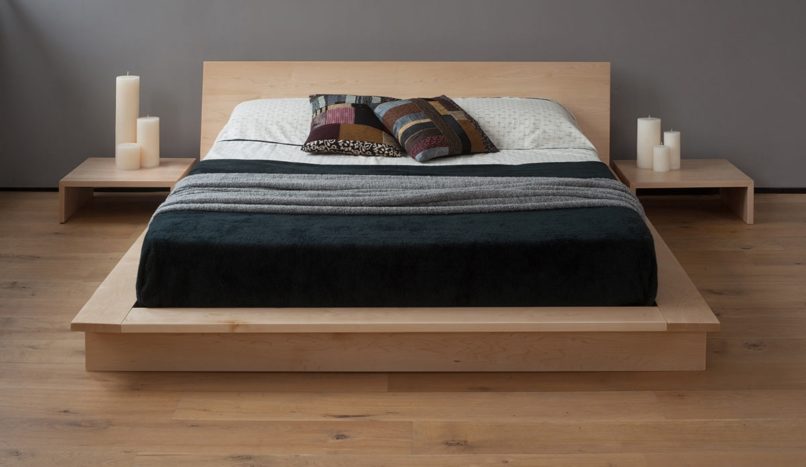
Most Japanese interiors include movable floor cushions that forgo actual chairs and sofas. However, most modern homeowners still require actual furniture, so the modern renditions of this aesthetic is replaced with low to ground furniture. Incorporate it in bigger pieces, like bed frames and sofas to mimic this comfortable look.
Natural lighting
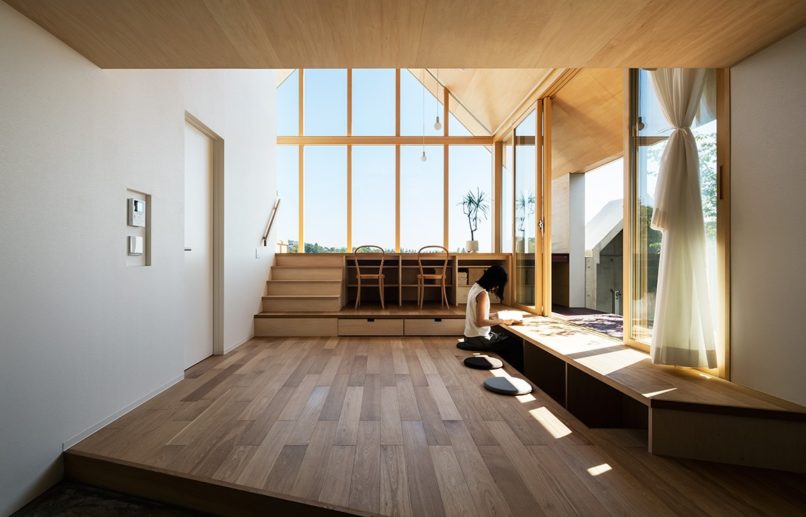
Minimalist design and open spaces reign in Japanese interiors, and one way to achieve this design aesthetic would be the use of natural lighting. Research has also proven that natural lighting helps us be more productive, happier and calmer as well. As mentioned above, open space and minimalist design principles reign in Japanese design. If possible, try to incorporate skylights, and expansive windows to open up the home, and forgo the heavy curtains. If it gets a bit too sunny, opt for sheer, gauzy curtain panels to frame your windows instead.
Rock gardens
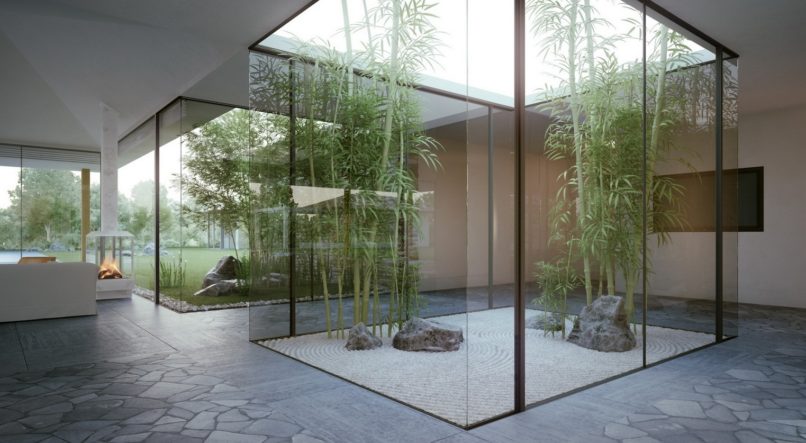
Every Japanese home includes a serious respect for nature, as part of its aesthetic of balancing what is man-made and natural. Other than wood, another common natural feature of Japanese interiors include simple internal rock gardens. Rock gardens typically consist of rocks, water features and some greenery atop of sand or gravel. They were intended to imitate the essence of nature and served to encourage meditation about the meaning of existence.
Straw mats
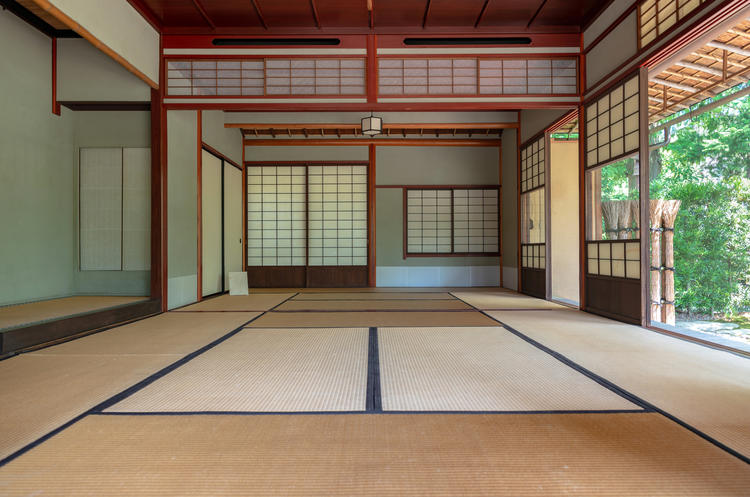
Tatami flooring, also known as straw mats, are typically made from woven igusa, a water rush that grows in the southern area of Japan. Traditional Japanese homes have tatami laid in rooms, as opposed to parquet flooring as it is cool in the summer and warm in the winter. When freshly laid out, there is a fresh, grassy scent that wafts through the room that calms and soothes the mind.




